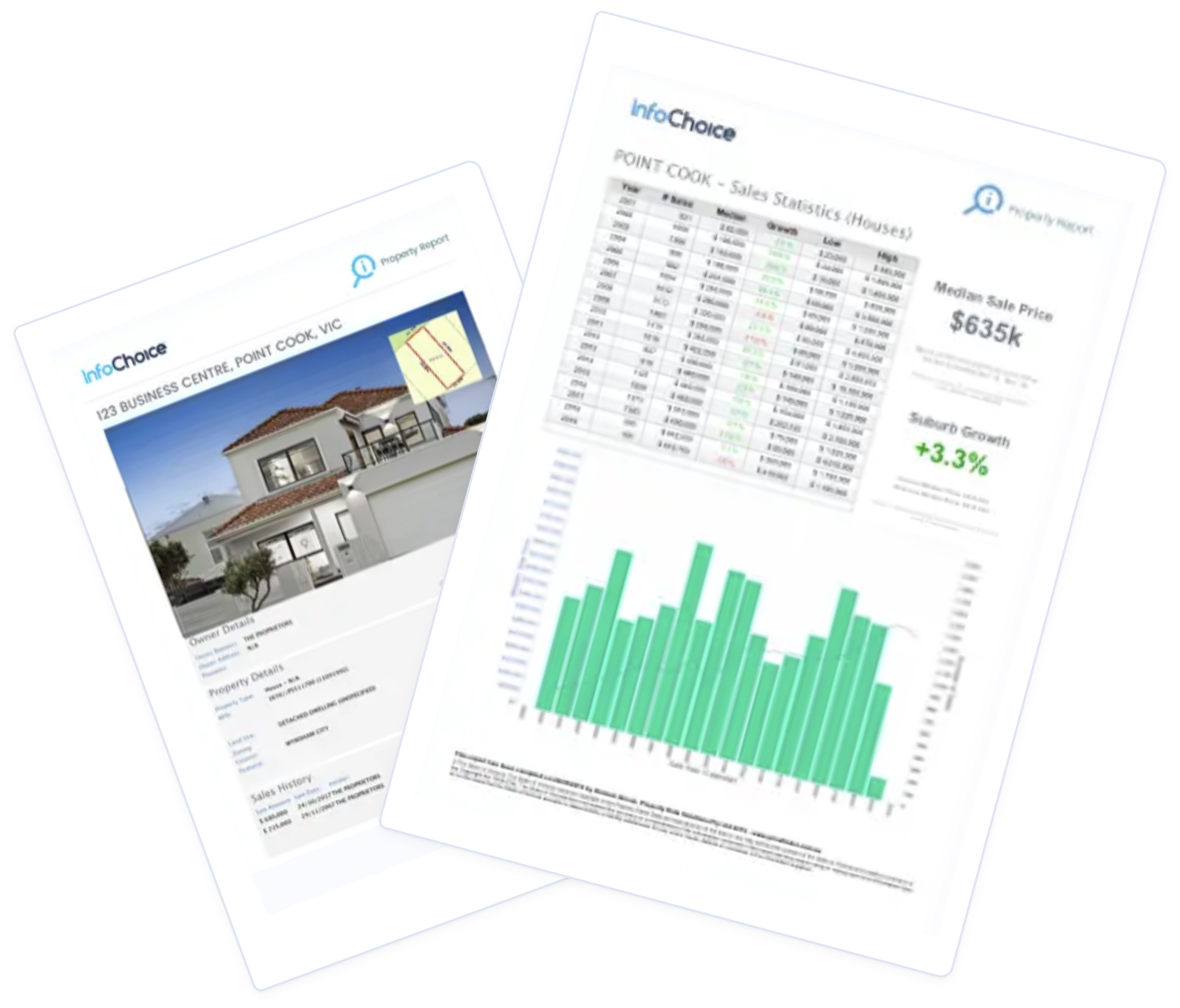
- Unemployment jumps to 4.1%, seasonally adjusted, in April as more people are looking for work and waiting to return to work
- The particpation rate rises to 66.7% off the back of strong unemployment and employment growth
- Employment-to-population ratio remains steady at 64%
- Jobless figures and the number of hours worked reflect the seasonal impacts of the Easter holidays when more people took time off work
- Economists remain fully priced for a cash rate hold until the easing begins in November
New ABS data revealed an upside surprise to the country’s jobless rate which rose to a seasonally adjusted 4.1%, overshooting market expectations of a 3.9% uplift, same as the revised figures in the month prior.
In trend terms, however, the unemployment rate remained at 4%.
The number of people looking for work increased by 30,300, while an additional 38,500 found jobs in April.
The stronger-than-expected unemployment and employment growth saw the participation rate edging higher to 66.7%, suggesting a shift towards gradual loosening of the labour market.
In rounded terms, the participation rate has been either 66.6% or 66.7% over the past 12 months.
“It has been relatively high, above 66.5%, since March 2023,” noted Bjorn Jarvis, ABS head of labour statistics.
Beneath the upward trend in the participation rate, underlying tightness persists, though signs are improving.
“The employment-to-population ratio remained steady at 64% in April, indicating that recent employment growth is broadly keeping pace with population growth,” Mr Jarvis said.
“This suggests that the labour market remains tight, though less tight than late-2022 and early 2023.”
Meanwhile, the underemployment rate, which accounts for those employed in part-time jobs, rose 6.6%.
The underutilisation rate, which combines the unemployment and underemployment rates, was steady at 10.7%.
How reliable are these month’s jobs data figures?
Experts believe some caution is warranted in interpreting month-to-month figures given high volatility and seasonal impacts.
In fact, even RBA Governor Michele Bullock said, “The month-to-month numbers are very volatile and we think there are some seasonal things going on there.”
For instance, the number of people officially counted as unemployed was not just composed of those looking for work, but also those waiting to start at their jobs.
ABS noted, “more people than usual indicated that they had a job that they were waiting to start in”, thus reflecting the seasonal impact of the Easter holidays when the survey was conducted.
“We could expect some payback in the May data,” CBA senior economist Belinda Allen said.
The flat outcome in the number of hours worked also revealed a return to the pre-pandemic trend of people taking time off work around the Easter holidays.
“In contrast to what we saw last year, the proportion of people working reduced hours in April 2024 was more similar to what we saw before the Covid-19 pandemic,” Mr Jarvis said.
According to economists, the hours worked figures indicate a softening labour market and – with the upward trend of underemployment rate – a seeming switch to part-time.
“This suggests that while finding employees for specialised roles still remains challenging, the gig economy labour market may have loosened considerably following increased population growth, offsetting tightness in the overall jobs market,” RSM Australia economist Devika Shivadekar noted.
ANZ head of Australian economics Adam Boyton went as far as saying the RBA is “likely underestimating the degree of labour market easing given a limited focus on hours worked across its suite of labour market indicators”.
“Over the past 25 years, larger year-on-year falls in hours worked have only been seen during the pandemic, the GFC and the early 2000s mid‑cycle slowdown," he said.
Echoing this view, Ms Allen sees “a number of indicators now suggest the labour market is loosening”.
The CBA economist points to the 4.7% fall in SEEK job ads and the 8.6% uplift in applicants per job listing.
The latest wage price index (WPI) released on Wednesday revealed a deceleration in the pace of wages growth also indicates a now moderating labour demand.
The ABS has scored some a boosted $6.4 million in funding in the 2024-25 Federal Budget - perhaps to improve data quality and measurement practices.
What will be the RBA’s next move?
Given the latest data points including today’s jobs figures, major economists maintained their position of cash rate hold in the next three RBA Board meetings, until the easing begins in November.
The latest read falls in line with RBA’s expectation of the unemployment rate rising off the back of a growing workforce.
The central bank’s May forecast sees the jobless rate averaging at 4% over the second quarter and 4.2% at the end of the year.
“It doesn’t mean there are mass sackings, it just means you don’t get as many people employed as the workforce grows,” Gov Bullock said.
“We do see if we can have that outcome, that will be the best outcome for everyone.”
Photo by Sora Shimazaki on Pexels
